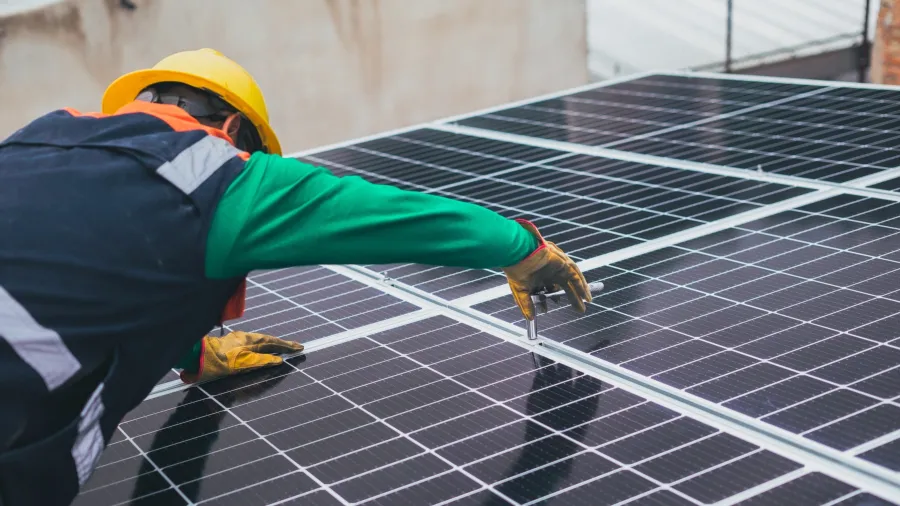
Here are the main challenges that could hinder RE integration
Grid stability and commercial viability are key in the clean energy transition.
Issues on grid stability and commercial viability are expected to emerge in integrating renewable energy in the system, KPMG said.
Considering that renewable energy generation has a tendency to be intermittent, system storage solutions—such as battery storage—is crucial to keep grid stability, said Sharad Somani, KPMG partner and head of Infrastructure, Asia Pacific.
“Whilst, currently, it has not yet become a problem as a share of intermittent renewable energy in the grid is well below 20% to 25% of the total network capacity,” Somani added.
“Once the threshold is crossed, the grid will need to be strengthened and storage solutions ramped up to stabilise the grid.”
Another challenge, Somani said, concerns commercial viability as some technologies are still not marketable. Countries, like Taiwan, Vietnam, and the Philippines, have gone to adopt wind, solar, and geothermal powers, respectively.
“The challenge remains for technologies that are not yet commercially viable, such as green hydrogen and battery storage, to be piloted in more use cases, with an intent to scale up production to drive costs down,” he said.
Somani said renewable energy has become a core part of the electricity system with most state utilities incorporating clean energy to the extent of 20%-25% of the total grid installed capacity.
“The regulatory framework and procurement of RE in the system are well developed, although the feed-in tariff regime is getting diluted in favour of competitively procured tariffs,” he said.
The integration will need a strong commitment from the government to ensure that the necessary infrastructure will be “bankable.” Green hydrogen, for instance, will need an effective policy as it is introduced into the energy mix to provide offtake certainty.








![Cross Domain [Manu + SBR + ABF + ABR + FMCG + HBR + ]](https://cmg-qa.s3.ap-southeast-1.amazonaws.com/s3fs-public/styles/exclusive_featured_article/public/2025-01/earth-3537401_1920_4.jpg.webp?itok=WaRpTJwE)
![Cross Domain [SBR + ABR]](https://cmg-qa.s3.ap-southeast-1.amazonaws.com/s3fs-public/styles/exclusive_featured_article/public/2025-01/pexels-jahoo-867092-2_1.jpg.webp?itok=o7MUL1oO)









 Advertise
Advertise


